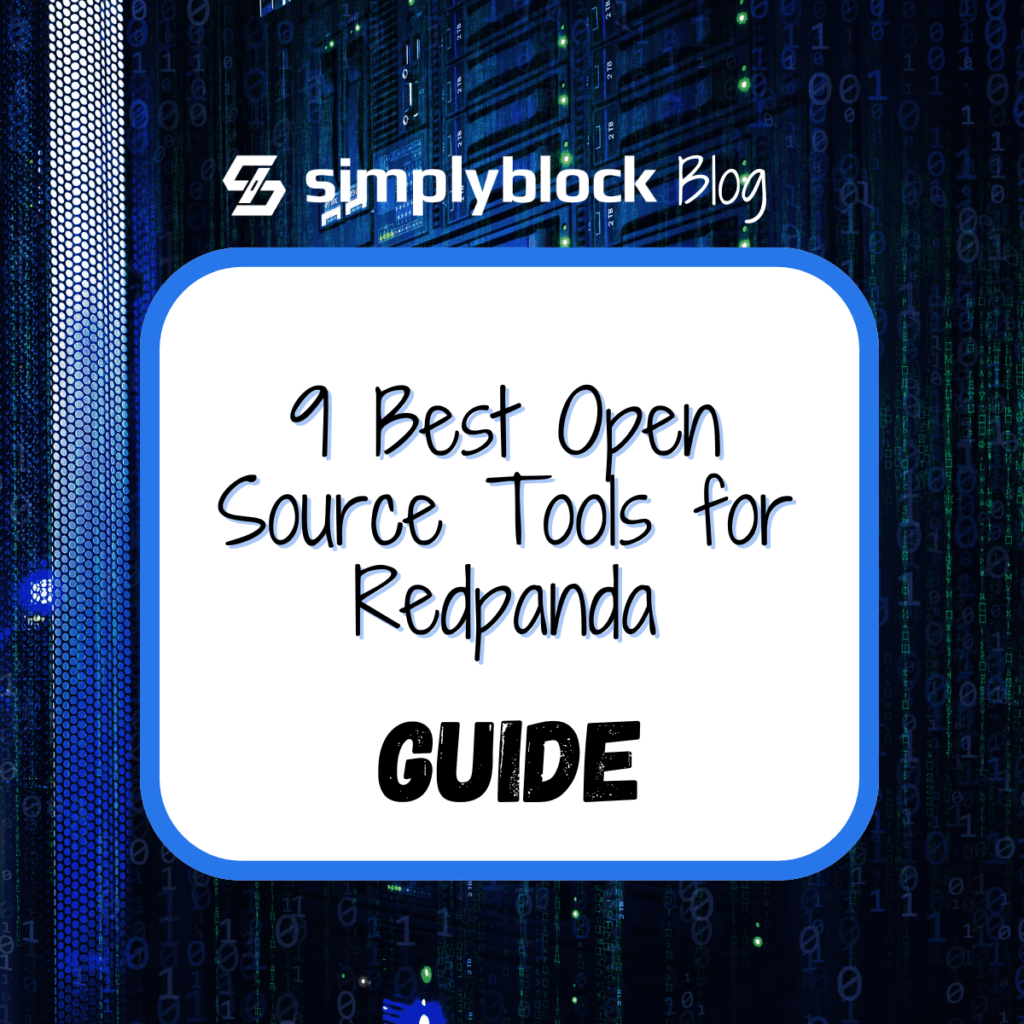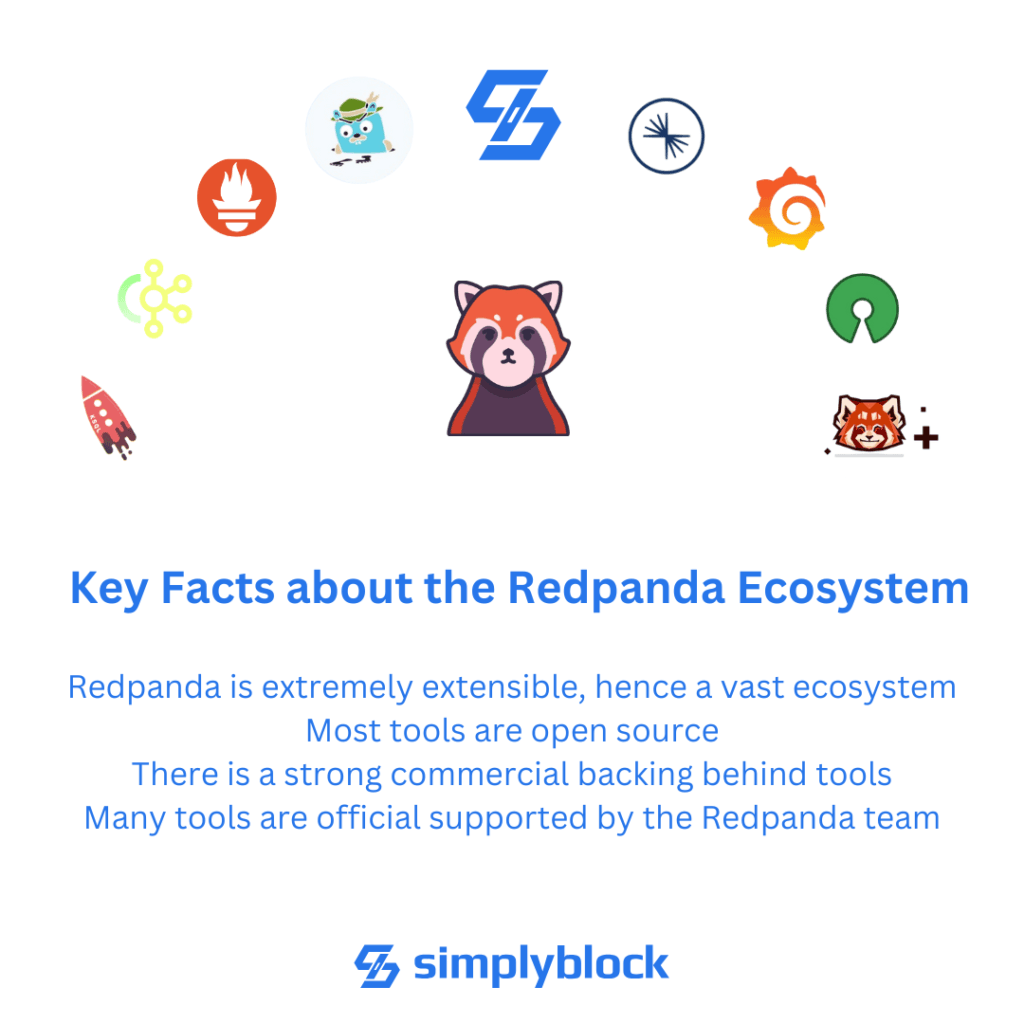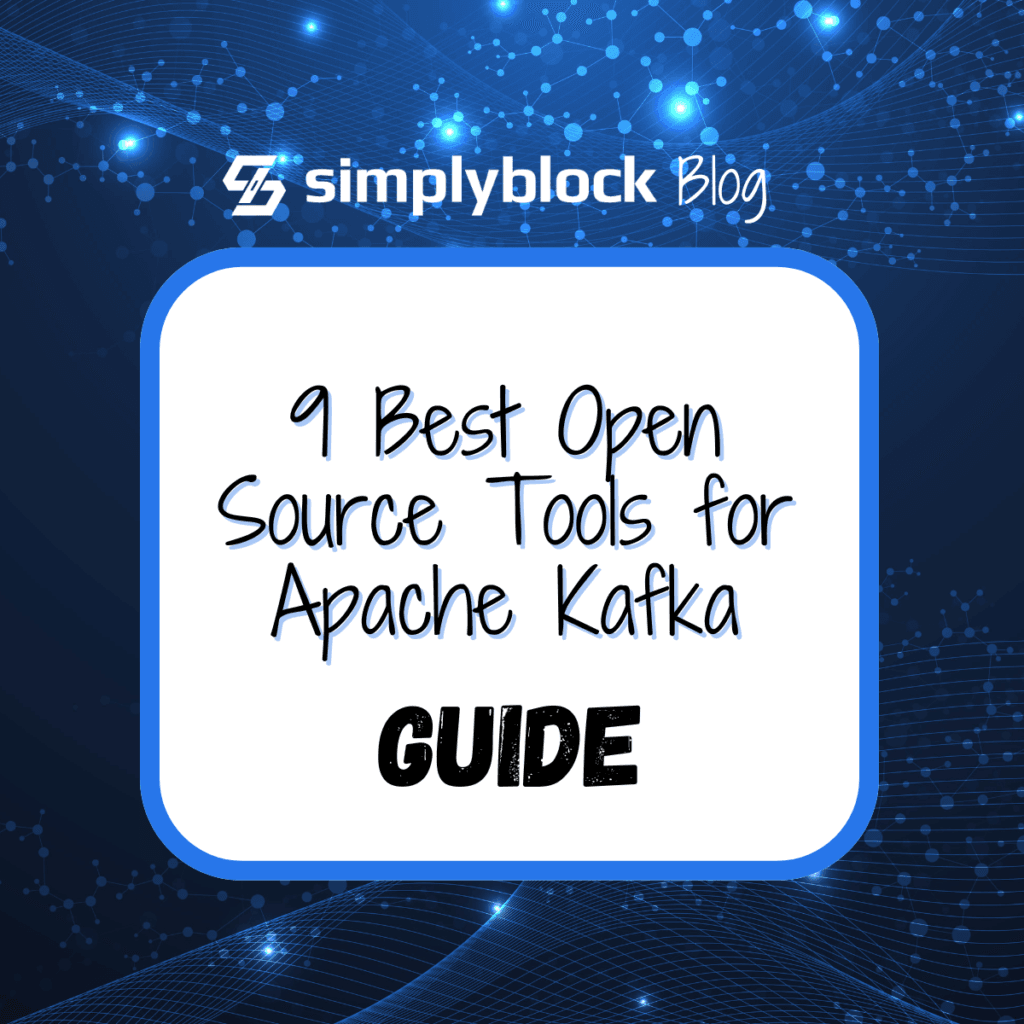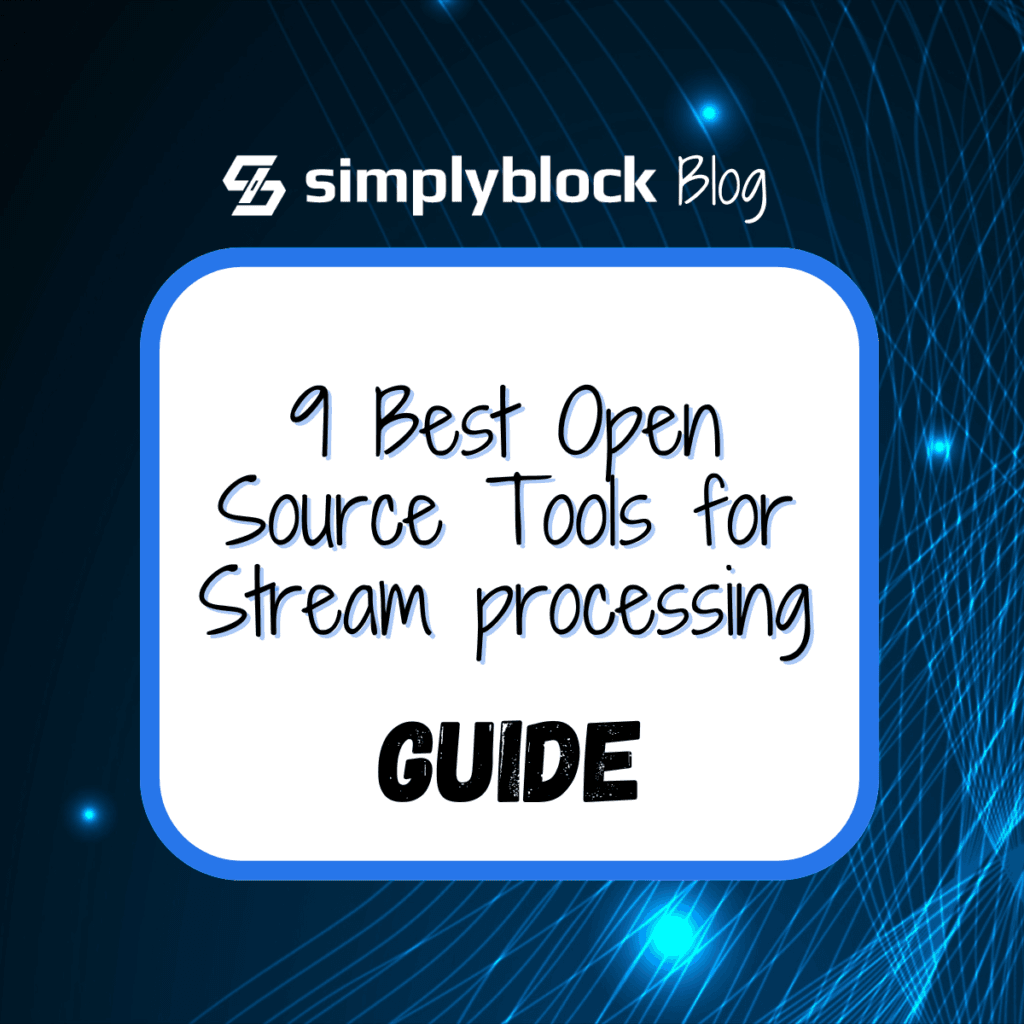
What is Redpanda?
Redpanda is a high-performance, Kafka-compatible streaming platform designed to simplify real-time data processing at scale. As a Kafka alternative, it offers impressive throughput and lower latency without the need for ZooKeeper.
To optimize and manage Redpanda effectively, open-source tools play a vital role in enhancing data streaming pipelines, real-time analytics, and distributed systems.
What are the best open-source tools for your Redpanda setup?
In this post, we’ll explore nine must-know open-source tools that can help you get the most out of your Redpanda environment.
1. Kafka Connect
Kafka Connect, fully compatible with Redpanda, is a framework that simplifies integrating various data sources into Redpanda. With a large ecosystem of connectors, Kafka Connect allows you to easily ingest and export data between Redpanda and other systems such as databases, cloud storage, and data warehouses. This flexibility makes it indispensable for seamless data movement in streaming pipelines.
Ingesting large volumes into Redpanda? Simplyblock ensures your storage backend scales dynamically, keeping ingestion pipelines fast and resilient.
2. ksqlDB
ksqlDB is a powerful tool for building event-driven applications using SQL queries. It allows you to run continuous queries and perform real-time transformations on streams of data. Since Redpanda is Kafka-compatible, ksqlDB can be used to build robust streaming applications on top of your Redpanda streams, simplifying complex processing logic with SQL.
3. Schema Registry
Confluent’s Schema Registry, which works perfectly with Redpanda, helps manage data schemas in streaming pipelines. It ensures data compatibility across different services, prevents data corruption, and supports schema evolution, making it a must-have for managing structured data in real-time systems.
4. Kafka Streams
Kafka Streams is a client library used to process real-time data streams from Redpanda. It enables efficient stream processing and transformation, ideal for building scalable real-time applications without needing external stream processing engines. Kafka Streams leverages Redpanda’s low-latency infrastructure for smooth and high-throughput performance.
5. Redpanda Console
Redpanda Console is a lightweight, open-source UI designed to monitor and manage Redpanda clusters. It simplifies observability by offering a clear view of real-time data streams, topics, partitions, and consumer groups, ensuring that your Redpanda deployment runs smoothly. This tool is ideal for troubleshooting and visualizing your streaming data pipelines.
Monitoring Redpanda? Simplyblock enhances real-time observability by optimizing storage throughput, latency, and thread-to-core performance.
6. Vector
Vector is an open-source tool used for collecting, transforming, and routing logs. It’s highly efficient and integrates seamlessly with Redpanda for log management and observability. By routing logs from various sources into Redpanda topics, Vector helps maintain a centralized view of real-time logging data, which is crucial for monitoring and debugging applications.
7. Prometheus
Prometheus is a widely used monitoring and alerting toolkit that can be integrated with Redpanda to collect real-time metrics. It helps track performance indicators, resource utilization, and latency, enabling you to monitor your Redpanda infrastructure and detect potential issues before they become critical.
Prometheus tracks Redpanda metrics—simplyblock improves baseline performance, ensuring consistent telemetry from disk to dashboard.
8. Grafana
Grafana is a powerful open-source visualization platform that works well with Prometheus and Redpanda. It enables the creation of custom dashboards to monitor Redpanda metrics such as throughput, latency, and partition usage in real-time. With Grafana, you can create insightful visualizations and set alerts for critical events.
Building Redpanda dashboards? Simplyblock delivers stable, high-IOPS storage that ensures accurate, real-time visualization of critical metrics.
9. Jaeger
Jaeger is an open-source tool for distributed tracing, helping you monitor and troubleshoot distributed systems, such as microservices-based applications that rely on Redpanda for data streaming. Jaeger’s integration with Redpanda allows you to trace the flow of data across multiple services, enabling you to identify bottlenecks and optimize your real-time applications.
Tracing Redpanda pipelines with Jaeger? Simplyblock preserves event consistency by providing crash-consistent, high-speed storage layers.

Why Choose simplyblock for Redpanda?
Redpanda excels at delivering high-performance streaming data processing with Kafka compatibility, but its performance ultimately depends on the underlying infrastructure configuration.
This is where SimplyBlock’s intelligent orchestration creates unique value:
- Simplified Enterprise Management: The Kubernetes-native integration means you can provision and scale Redpanda through standard practices, while simplyblock handles complex infrastructure optimization behind the scenes. Built-in monitoring and automated maintenance reduce administrative overhead.
- Intelligent Infrastructure Optimization: Simplyblock automatically optimizes your Redpanda deployment’s thread-per-core ratio, storage configuration, and network settings. This ensures maximum performance while reducing operational complexity.
- Cost-Efficient Resource Management: Simplyblock’s intelligent resource allocation and automated tiered storage management helps reduce infrastructure costs while maintaining performance. The platform automatically optimizes resource utilization based on actual workload patterns.
How to Optimize Redpanda with Open-source Tools
This guide explored nine essential open-source tools for enhancing Redpanda deployments, from Kafka Connect for data integration to Jaeger for distributed tracing. While these tools excel at monitoring, stream processing, and visualization, underlying infrastructure optimization remains crucial for performance.
Key focus areas include proper thread-per-core configuration, storage optimization through FIO benchmarking, and network bandwidth testing with iPerf3. Regular performance validation using the Open Messaging Benchmark (OMB) framework ensures your Redpanda cluster meets production requirements.
If you’re looking to further optimize your Redpanda operations, simplyblock offers solutions that integrate seamlessly with these tools, helping you maximize performance, storage, and scalability.
Ready to enhance your Redpanda data streaming? Contact simplyblock today to learn how we can help you take your real-time data processing to the next level.
Questions and Answers
Prometheus and Grafana are widely used to monitor Redpanda metrics such as throughput, latency, and broker health. These tools offer real-time visibility and can be integrated with your Kubernetes observability stack for end-to-end monitoring.
You can use rpk (Redpanda’s CLI), kafka-producer-perf-test, and open-source tools like kafkacat or kafka-benchmark. For realistic workloads, combine these with NVMe-based storage to test throughput under production-like conditions.
Redpanda offers Kafka API compatibility with lower latency and no JVM overhead. It’s ideal for modern, low-latency streaming architectures, especially when paired with software-defined storage that enables scale-out performance on commodity hardware.
Yes, Redpanda is Kubernetes-ready and benefits from fast, persistent storage. Using simplyblock’s CSI driver, you can provision high-throughput volumes that ensure durable log storage and efficient replication.
To optimize Redpanda, use observability tools, right-size partitions, and back it with scalable, high-IOPS storage. When integrated with cloud cost optimization strategies, it can deliver enterprise-grade performance with predictable infrastructure spend.




